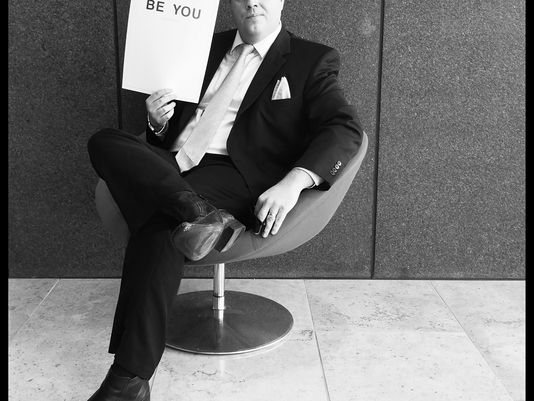Federal Government Agrees to Settlement with Gulf-Polluting ATP Infrastructure Partners, LP
Operating in violation of both the Clean Water Act (CWA) and the Outer Continental Shelf Lands Act (OCSLA), ATP Infrastructure Partners LP (ATP-IP) has agreed to pay a $1 million civil penalty to settle a federal lawsuit over illegal discharges of oil and chemicals from an oil platform in the Gulf of Mexico.
The lawsuit, instituted by the United States, was resolved by way of joint judicial enforcement action involving the Environmental Protection Agency (EPA), the Bureau of Safety and Environmental Enforcement (BSEE), and the Justice Department.
In its complaint filed in the U.S. District Court for the Eastern District of Louisiana, the United States alleged that ATP-IP “violated Section 311(b)(3) of the CWA when oil and other pollutants were discharged into the Gulf of Mexico from the ATP Innovator.” Violation of this provision in the CWA opened up ATP-IP to possible civil penalties. The United States also urged that ATP-IP was liable for injunctive relief under OCSLA, “as the owner of the ATP Innovator … [for] hidden piping configuration [that] was being used to inject a chemical dispersant into the facility’s wastewater discharge outfall pipe to mask excess amounts of oil being discharged into the ocean.”
 Louisiana Lawyer Blog
Louisiana Lawyer Blog


